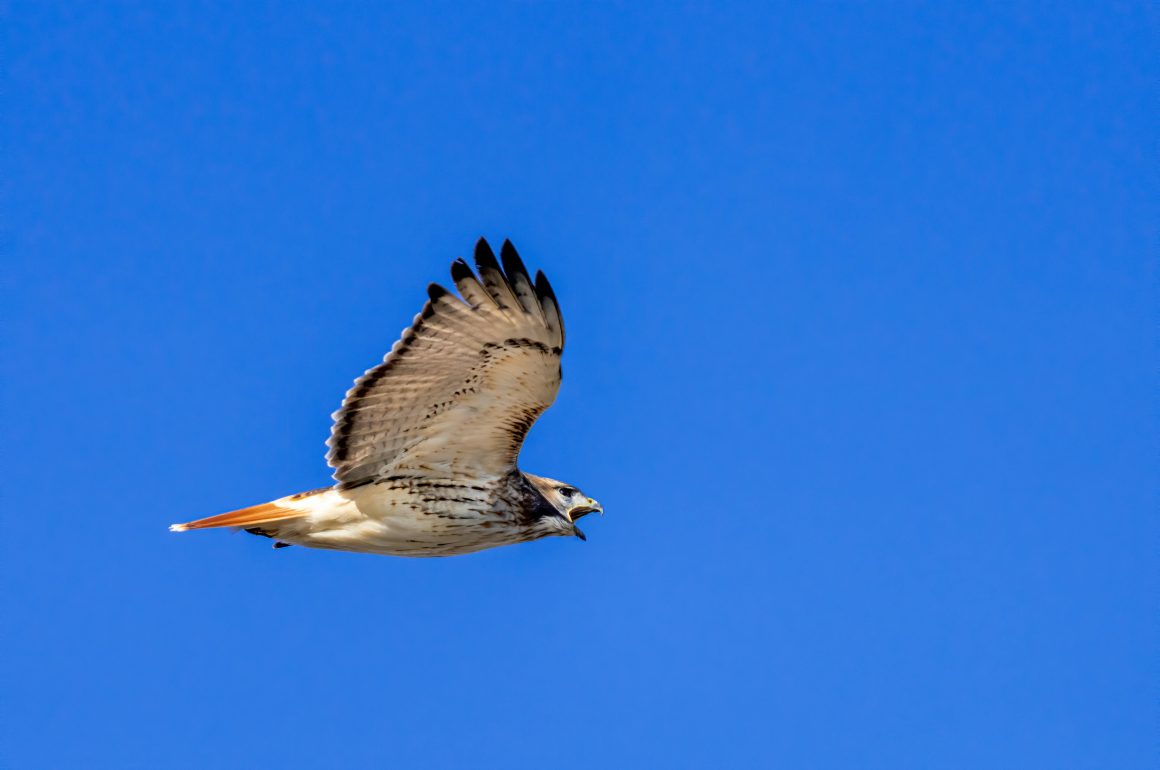
Standing on the edge of the catwalk, the young hawk lifted its wings and leaned into the wind. Then, it turned around and ran back to the nest. The youngster was finding it hard to leave home.
My last article was about the early days of the Red-tailed Hawk nest, which I was watching from our 18th-floor condo. As May turned into June, the activity and antics in the nest continued to entrance me. There was sibling rivalry, with one youngster pecking the other, when it tried to grab a bite of food first. There were tender moments. The female continued to be a devoted mother, brooding the youngsters, even when they didn’t want it. One time, I watched her shove the youngsters down in the nest and then lay over them. Another evening, when they were much larger, she preened one of the youngsters and then snuggled up next to both of them.
I rarely saw the male drop off food, but the young were always eating. Black squirrel seemed to be a favoured, prey item. At four weeks of age, I saw the young feeding themselves. It was not for the weak of stomach to watch and sometimes I had to turn away. The youngsters grew quickly. If they weren’t eating or snoozing in the nest, they were preening. Very quickly, they began to resemble their parents, but still with white, fuzzy heads.
At five weeks, they were exploring the catwalk. There was much wing flapping, with small hops, which lifted them a little above the nest. As they got bigger and stronger, there was even more action in the nest. Using my scope and her cell phone, our daughter captured them flapping and jumping over each other, in a game of hawk leap frog.
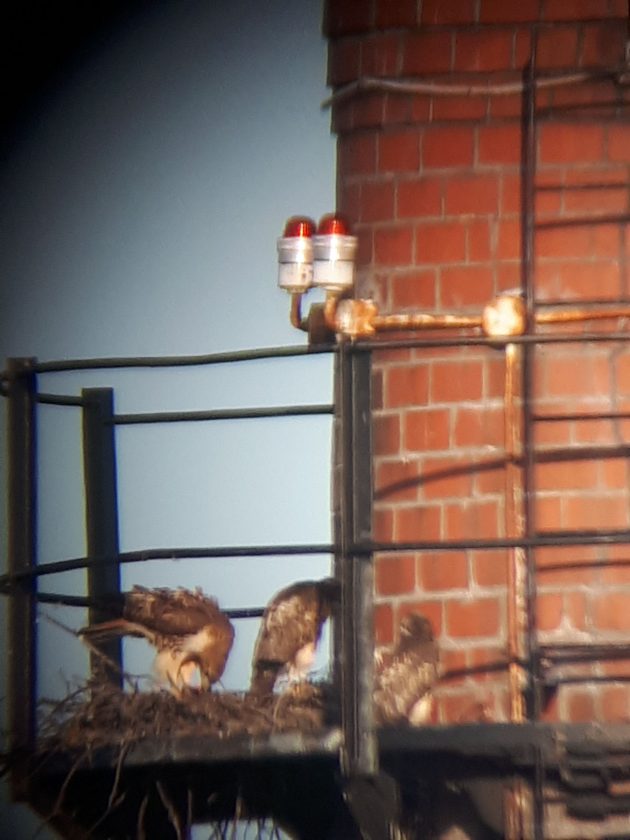
By week six, the youngsters looked exactly like their parents. On June 5, I thought one of the youngsters had fledged, because I only saw one youngster in the nest.I saw two hawks perched on the catwalk railing, which was what the parents often did. I realized one was a youngster, when it jumped back down into the nest.
On the afternoon of June 6, I checked on the nest. There was definitely only one youngster there. I had missed the fledging of the first one. I checked nearby rooftops, but couldn’t see or hear that youngster. I watched the remaining one throughout the rest of the afternoon and early evening. It was restless and kept wandering around the catwalk. It was flapping and jumping around. The parents fed it around 6:30pm. When I checked on it at 8:20 pm, it was standing on the edge, wings extended. Then, it ran back to the nest. I figured it wouldn’t fledge so close to evening and left the scope for a few minutes. When I returned, it was gone, too. At 8:50 pm, both parents were perched on the railings, which was puzzling. I thought they’d be with their fledlings.
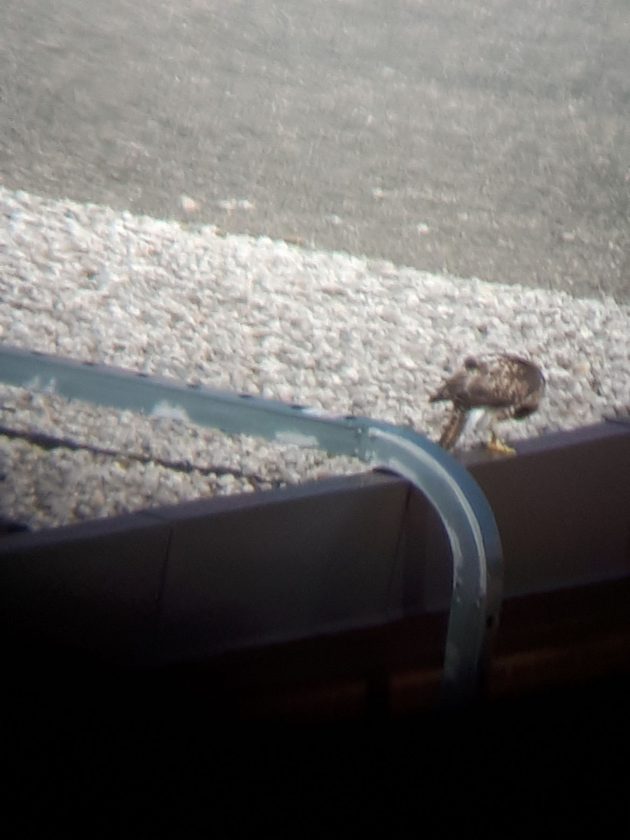
After that, I had seen the parents, flying around or perched on the catwalk. On June 11, I found the fledglings. I walked around the base of the chimney. They were on the rooftop of a lower level of the hospital. They must have coasted down there. They were eating, so the parents were feeding them. Their flying skills were still weak. I was glad they succeeded in their first challenge of leaving the nest. After that, I lost track of the youngsters. I only saw the two adults, hunting or perched on the catwalk railing. I just have to hope that the youngsters moved into the nearby ravine and started the next stage of their life. Watching a nest is bittersweet, because you never know the end of the story, for the youngsters who captured your heart.
Addendum: My time with the Red-tailed Hawk family didn’t end with fledging. On July 6, I was walking in a nearby ravine. I heard the begging call of a hawk. I believe I found one of the youngsters. It was flying from tree to tree. When I looked up at it through my bins, it looked down on me. The bird turned and twisted its head in every possible way as it studied me. That was amusing to see. On July 20, a juvenile Red-tailed Hawk flew by our condo. It was soaring beautifully. It gave a few, half-hearted, begging calls, but I think it knew it was on its own now. It’s good to know that at least one of them has made it to the next, independent stage.
Cover photo taken from Pexels. Other photos by Leslie Kinrys.

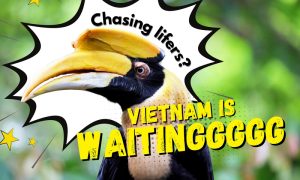

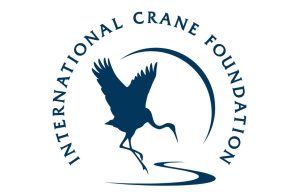
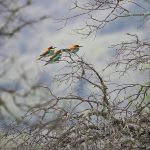
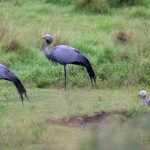
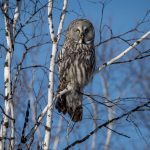


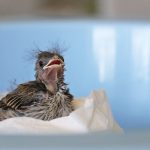
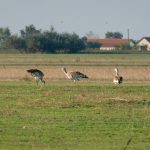
Leave a Comment